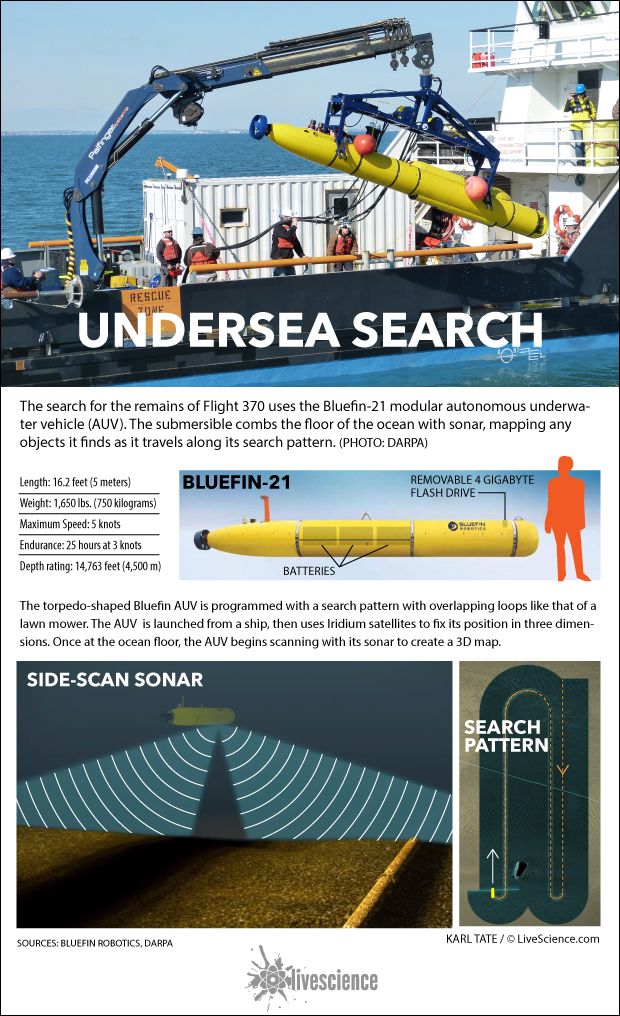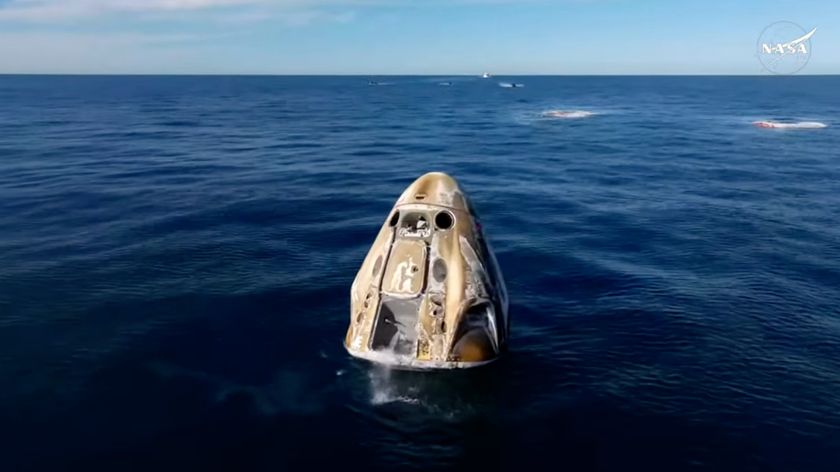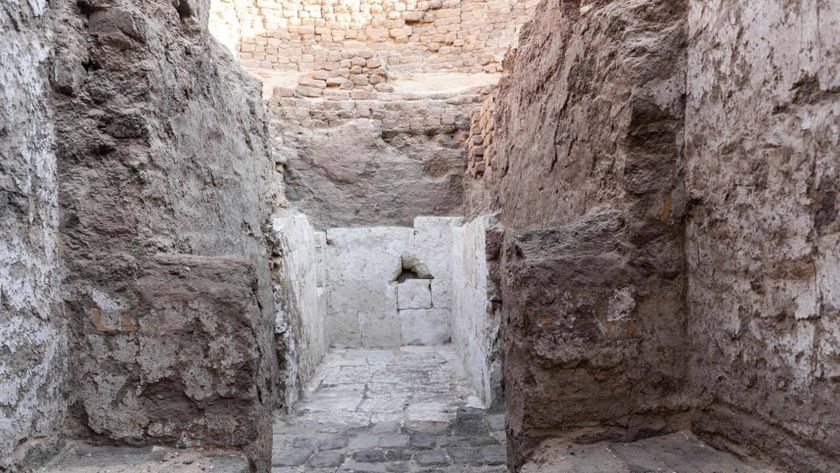How the Bluefin-21 Searches For Flight 370 Wreckage on the Ocean Floor (Infographic)

The search for the remains of Flight 370 uses the Bluefin-21 modular autonomous underwater vehicle (AUV). The submersible combs the floor of the ocean with sonar, mapping any objects it finds as it travels along its search pattern.
Length: 16.2 feet (5 meters)
Weight: 1,650 lbs. (750 kilograms)
Maximum Speed: 5 knots
Endurance: 25 hours at 3 knots
Deptah rating: 14,763 feet (4,500 m)
The torpedo-shaped Bluefin AUV is programmed with a search pattern with overlapping loops like that of a lawn mower. The AUV is launched from a ship, then uses Iridium satellites to fix its position in three dimensions. Once at the ocean floor, the AUV begins scanning with its sonar to create a 3D map.
Sign up for the Live Science daily newsletter now
Get the world’s most fascinating discoveries delivered straight to your inbox.



